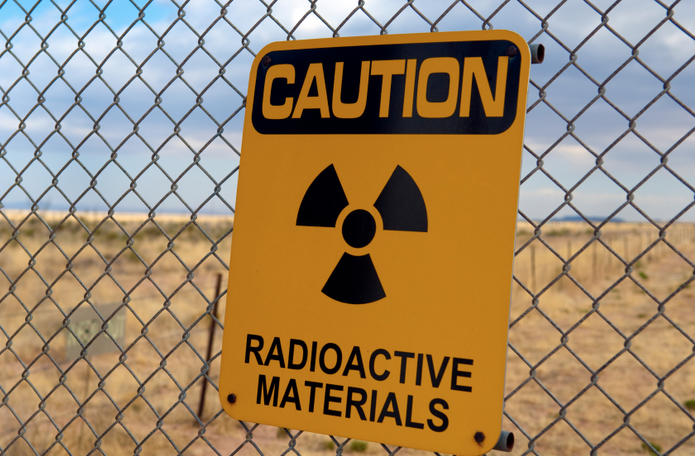DEQ: Shipments of radioactive waste not a threat

Jul. 9, 2018 PLYMOUTH EAGLE.
Plymouth Michigan News
Plymouth, a major railroad intersection, is the route of trains regularly transporting hazardous materials including chlorine, cyclohexane, methyl ethyl ketone, butadiene, and crude oil. However, it’s anticipated shipments of radioactive dirt from a former military supplier will be transported to Van Buren Township next week via motor freight, in 11 tractor-trailer loads.
Shipments of contaminated soil from a closed beryllium plant in Ohio will begin arriving at the Wayne Disposal Plant in Van Buren Township next week.
The low-level radioactive dirt from a contaminated former military supplier contains lead and radioactive elements of thorium, radium and uranium, all known carcinogens particularly if inhaled or ingested.
Both the U.S. Department of Ecology and the Michigan Department of Environmental Quality officials have stated that the toxic waste does not pose a threat to the health or environment. It was, however, removed from the Ohio location as part of the remediation of a former Atomic Energy Commission site. The U.S. Army Corps of Engineers, charged with the removal of the contamination and remediation of the site, estimated that about 11 tractor-trailer loads of soil, each carrying about 15 tons of contaminated dirt, could be expected at the landfill, which has a permit to accept hazardous materials. More than 124,000 tons of radioactive dirt will be removed from the Luckey plant which supplied the highly toxic metal to the military and Atomic Energy Commission during the 1940s and 50s. The remediation at the site is expected to continue for 8 to 10 years, officials said.
“This is stuff that could go into any landfill, basically anyplace,” said Robert Skowronek, supervisor of the Michigan Department of Environmental Quality Radioactive Materials Unit. He said that it is a policy of the Army Corps of Engineers that the contaminated soil be disposed of in a licensed landfill or hazardous waste disposal site. The radioactivity is at level that exceeds federal regulatory limits, which makes disposal at a licensed landfill necessary.
The cleanup at the Ohio site is estimated to cost about $244 million.
David Crumrine, a spokesman for US Ecology, operators of the Wayne Disposal landfill, said that the concentrations of radioactivity in the soil from the Lackey plant is barely above normal background levels. He said the waste is not regulated by the Nuclear Regulatory Commission as the level is so low. He added that the Army Corps engineers approved of the Wayne Disposal site for the material due to the high level of environmental protection the facility offers.
Regulations require that hazardous waste be rendered inert before disposal, but the radioactive soil isn’t considered hazardous and can therefore be directly disposed of at the Van Buren landfill.
Plymouth Voice.


